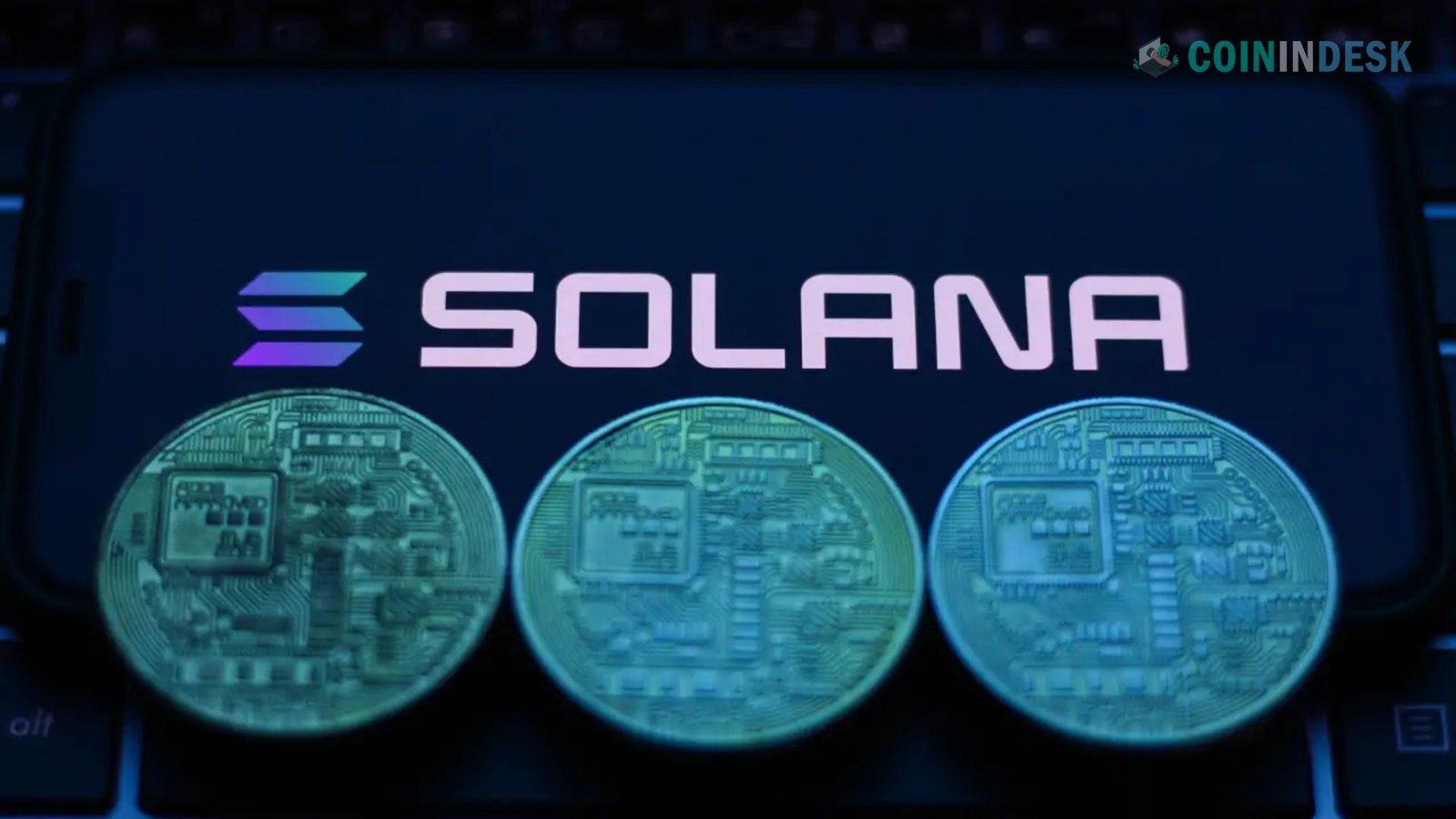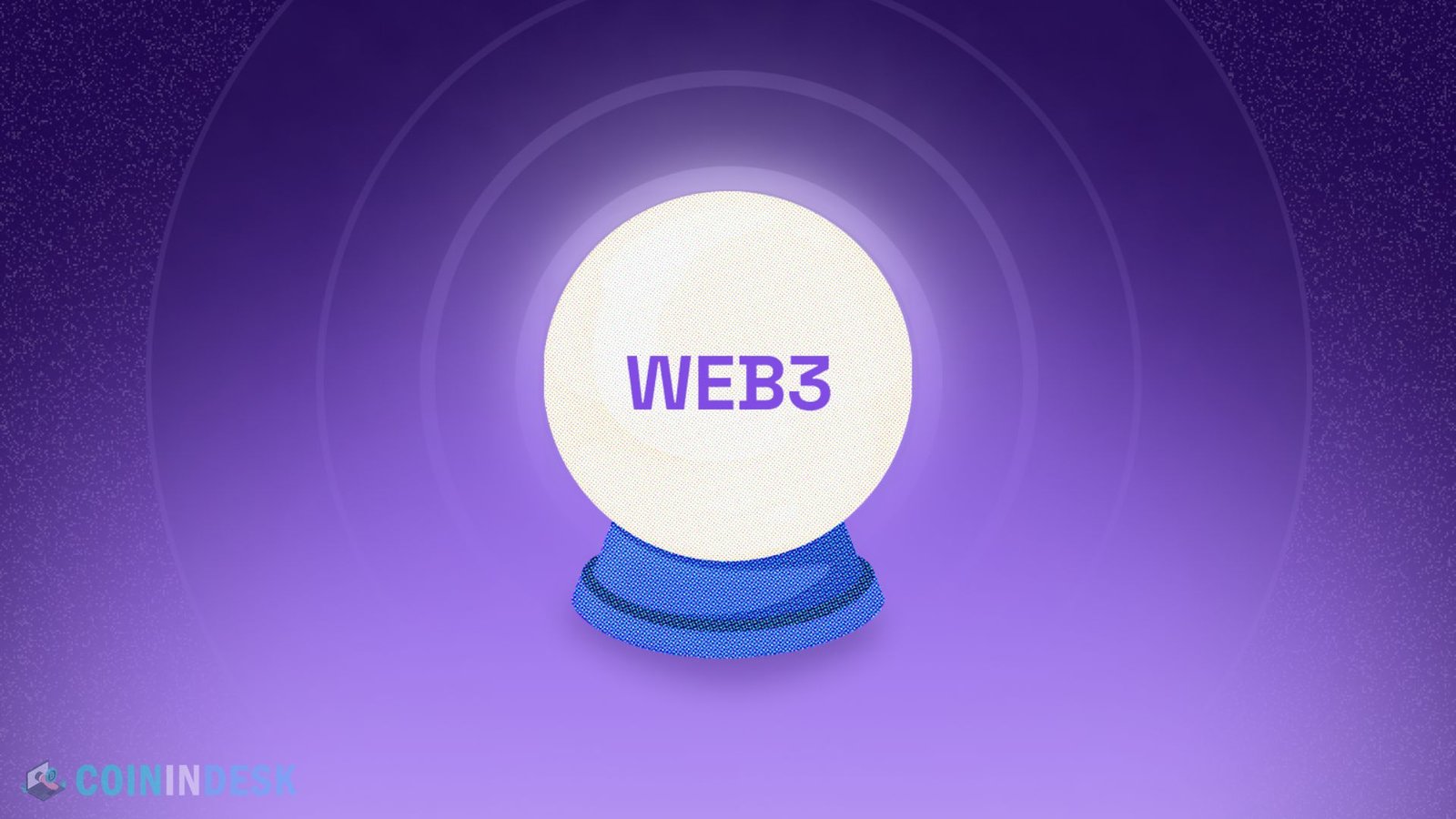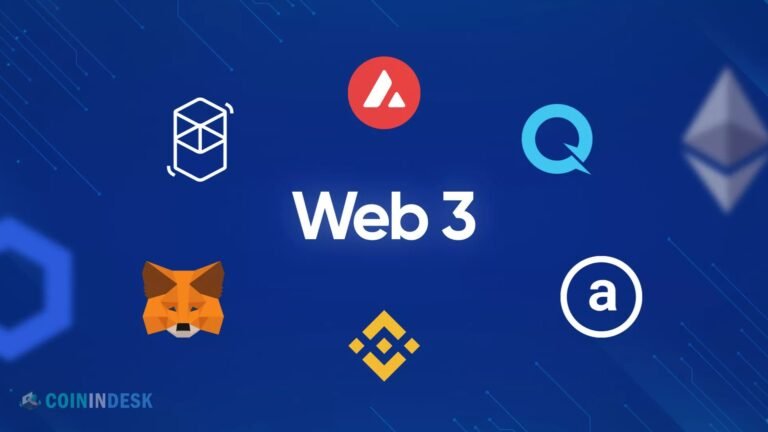Every day, the digital world brings us closer to a new era: Web3. The decentralization, user ownership, and enhanced privacy features of this internet version will have a profound impact on how we interact with one another online. This article will review The Biggest Web3 Projects leading the way and increasing the internet’s potential.
Understanding Web3: A Brief Overview
Decentralization, user ownership, and greater privacy will be central to Web3, the next generation of the Internet. Web3 uses blockchain technology to empower individuals, unlike Web1’s static sites and Web2’s centralized platforms. This new paradigm allows for trustless transactions through smart contracts, simplifies interactions through decentralized apps (dApps), and gives users control over their data and digital assets, revolutionizing our online experiences.
The Biggest Web3 Projects Shaping Our Future
Now that we have a basis let’s investigate some of the most prominent Web3 initiatives making substantial progress in the digital world. Various technologies and ideas are showcased in each of these projects, all of which contribute to the Web3 ecosystem.
Ethereum The Pioneer of Smart Contracts
Vitalik Buterin’s 2015 launch of Ethereum, which introduced intelligent contracts—self-executing agreements with stipulations expressed in code—revolutionized the blockchain environment. Thanks to this breakthrough, decentralized apps (dApps) may now be built, eliminating the need for intermediaries. An essential part of Web3 and the engine that powers the decentralized internet, Ethereum’s robust ecosystem backs several initiatives, such as non-fungible tokens (NFTs) and decentralized finance (DeFi).
Polkadot Bridging Blockchains
Ethereum co-founder Gavin Wood started Polkadot to make blockchains work better together. Polkadot builds a collaborative multi-chain environment by interoperating several networks and allowing them to exchange data. The shared security concept guarantees strong protection across linked chains, and its distinctive design lets developers create their blockchains on top of the Substrate foundation. With this fresh perspective, Polkadot establishes itself as a critical participant in the Web3 ecosystem, advocating for a future where digital systems are increasingly interdependent.
Solana Speed and Scalability
Launched in 2020, Solana has quickly been a darling in the Web3 area because of its low transaction fees and remarkable performance. Decentralized apps (dApps) and cryptocurrency initiatives benefit from its high-performance infrastructure, which can handle more than 65,000 transactions per second. Solana has been the go-to blockchain platform due to its low costs and flexibility to scale, which has made it popular in many industries, including decentralized finance (DeFi) and NFTs.
Chainlink Connecting Smart Contracts to the Real World
To improve the efficiency and trustworthiness of intelligent contracts, Chainlink—a decentralized oracle network—connects them to real-world data. Digital application programming interfaces (dApps) may communicate with third-party systems using Chainlink’s reliable and immutable data streams. Chainlink is an integral part of the Web3 ecosystem because of its crucial integration, which promotes a more flexible blockchain environment.
Filecoin Revolutionizing Data Storage
Filecoin revolutionizes data storage and management with its decentralized storage network. Let users rent out their unused storage space, and you’ll find a cheaper and more efficient alternative to traditional cloud services. Filecoin uses blockchain technology to ensure data is secure and redundant across several servers. At the same time that it supports a new business model for data storage in the Web3 era, this unique method empowers consumers.
Decentraland A New Dimension of Virtual Reality
The Ethereum blockchain powers Decentraland, a VR platform where users can design, explore, and earn from their virtual worlds. A thriving community of creators may be nurtured as users purchase and develop virtual land using the MANA coin. Decentraland is a trailblazing initiative in the Web3 ecosystem because it combines gaming, social interaction, and digital ownership, showcasing the possibilities of the metaverse.
Uniswap The Decentralized Exchange Revolution
One of the most prominent decentralized exchanges (DEXs) on which users may trade cryptocurrencies is Uniswap. By contributing assets to liquidity pools, liquidity providers can profit from Uniswap’s automated market maker (AMM) approach. Its groundbreaking trading principles and intuitive user interface have established it as a lynchpin of the decentralized finance (DeFi) movement, demonstrating the promise of P2P trading on the Web3.
The Graph Indexing the Decentralized Web
Developers may use the Graph, a decentralized indexing system for quick querying and access to blockchain data. Subgraphs allow developers to construct decentralized apps (dApps) more quickly and easily. To enable projects across different blockchain networks and contribute to a more linked and user-friendly decentralized web, this essential technology improves the functionality and accessibility of the Web3 ecosystem.
The Future of Web3 Projects
The most significant Web3 initiatives are not only reshaping the digital world that exists now, but they are also setting the framework for a future that is more decentralized. As these initiatives evolve, they will contribute to innovation in various industries, from the entertainment industry to the financial sector.
Challenges and Opportunities
Web3 has a lot of promise. However, there are a few problems that must be solved:
- Scalability: As the number of users increases, it is essential to maintain efficiency and speed.
- Regulatory Uncertainty: How to control decentralized technology is a problem for governments worldwide.
- User Education: The advantages and potential of the Web3 environment are yet unknown to many prospective consumers.
Notwithstanding these obstacles, Web3 offers enormous potential. These initiatives will have far-reaching effects, from improved user privacy to novel economic structures.
Conclusion
The most significant Web3 initiatives are more than technical achievements; they herald a sea change in our relationship with the Web. These initiatives make possible a fairer and more inventive digital landscape by decentralizing authority and encouraging user ownership.
By delving further into these projects and lending our support, we are building a future where the Internet is more than simply a medium for information consumption; it becomes a platform for empowerment, creativity, and cooperation. We are only beginning our trip into the Web3 era, and the possibilities are endless.
[sp_easyaccordion id=”5157″]


